
4 minute read
Table 2. Characteristics of various stages of hypothermia
baths are all good methods of warming chilled calves. Ideally, the warming temperature should be 103° to 105° F (108°F is an absolute maximum). Remember normal body temperature for a calf is 101.5° F.
A critical component of warming chilled calves is to get warm colostrum into them. One to two quarts of colostrum administered by esophageal (tube) feeder at the start of the warming period will work wonders. Using either colostrum from the herd or bagged colostrum that contains a minimum of 100g of IgG will work. The temperature of the colostrum should be 101° F to 103° F. The warm colostrum will raise the core temperature of the calf while providing a source of energy for shivering and body heat production.
Advertisement
Excessively rapid warming can result in shock or tissue damage. In mammals, the survival mechanism for hypothermia is to shunt blood flow to the major organs – heart, brain, lungs and liver. If calves, especially severely hypothermic ones, are warmed too quickly blood is shunted away from organs to the skin and extremities resulting in shock. This is another reason that warming the core with colostrum is key to success.
A warm water bath is the best way to warm severely hypothermic calves. An experiment conducted in Canada examined four different methods of warming severely hypothermic calves
(body temperature of 86° F or less). Methods included warm water bath (101° F), warm water bath + brandy administered to the calf, a calf blanket, or heat lamps (see Figure 1). They found that after 60 minutes in the warm water bath (with or without brandy) calves were nearing normal temperature and had reached normal temperatures by 80 minutes. In contrast, it took almost 2.5 hours for the other methods to get calves to near normal temperatures. So, the conclusions were: 1) warm water bath was the best way to warm severely hypothermic calves, and 2) brandy did more good in the rancher than in the calf.
When using a warm water bath, it is important not to exceed 103° F. Bath temperature needs to be monitored frequently and kept at the proper temperature. It is also critical that once calves are removed from the bath that they dry off rapidly in a warm area, such as a bathroom, with the heat up to 90+° F or a calf warming box. Calves also need to be constantly monitored while in the bath, so they do not inhale any water.
Mild to moderately hypothermic calves can be warmed by any of the previously mentioned methods. At the Nancy M. Cumming Center our preferred method of warming calves is a home-made calf warming box (See photos). The critical elements are a milk house heater with thermostat, a raised perforated plastic floor, a thermometer and ventilation holes. The milk house heater is attached to the box in a separate compartment, so it can be accessed without bothering the calf and the calf won’t get too close to it. The warm air enters the box below the floor allowing the warm air to rise over the calf. The thermometer monitors temperature to ensure the box doesn’t get too cold or too hot. Adjustable ventilation holes let moisture escape from the box as the calf dries. The box is big enough for two calves, but it is snug with two. Before placing calves in the box, we tube feed them and towel dry them.
Heat lamps can be effective. However, they tend to overheat the calf on one side while the other side is cold. In addition, the temperature is hard to regulate.
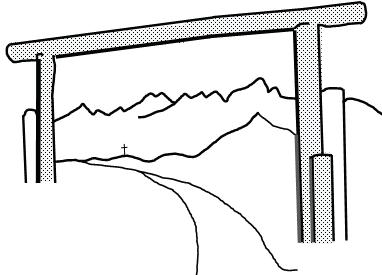
At the Nancy M. Cummings Center, most of our calving occurs outdoors in bedded calving pastures. Stressed calves, calves that need help, and cows with calving difficulty come into the calving or maternity barn. On extremely cold nights, cows showing early signs of labor are brought into the calving barn.
Using prevention methods can reduce hypothermia in calves. However, at some point in time, there will be some cold stressed calves. Saving a chilled calf is always rewarding.
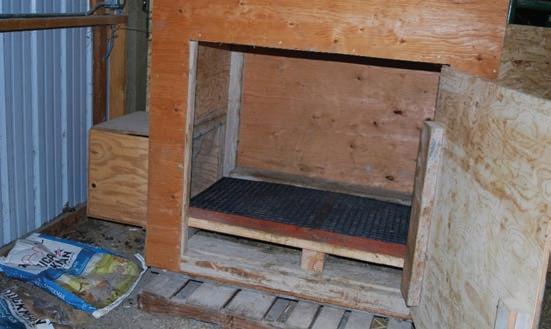
Here’s hoping all your cows calve unassisted, all the calves bounce right up and nurse, and all the 1st calf heifers figure out how to be good mothers.
PROGENY SELL!
20TH ANNUAL BULL SALE
FEBRUARY 25, 2023
JR Ranch Sale Barn • Othello, Washington
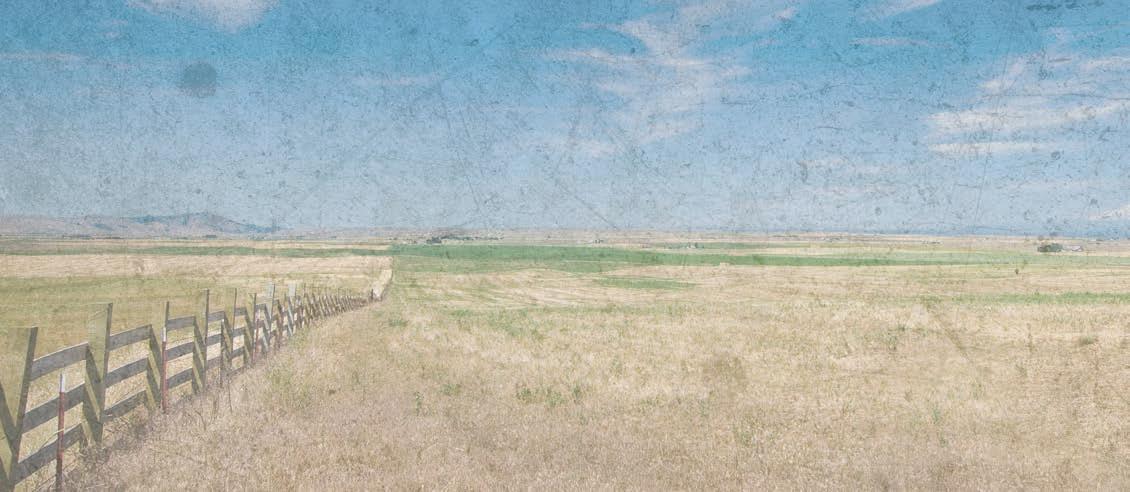
SELLING:
To learn more, visit the sale website: www.RanchersChoiceSale.com
HANG’N A CATTLE COMPANY
Alan & Leslie Alexander • Pasco, WA
Alan’s Cell: 509-727-9151 • hangna@owt.com www.hangnacattle.com
UNIVERSITY OF IDAHO
Kayleen Oliver, Beef Manager • Moscow, ID Kayleen’s Cell: 509-998-3886 koliver@uidaho.edu
Ferry, ID
Pat’s Cell: 208-290-4522 • pgardiner@aol.com
Glenn Ensz, Herdsman: 208-597-0617
SHB ANGUS
Ed Gross, Manager • Reardan, WA
Ed’s Cell: 509-979-9233 shbangus@gmail.com
Customer Service- Providing health, feedlot and grid performance data for our customers for over 25 years.
Reminisce Cows- Cow herd performance starts with measuring structural soundness and disposition. If these 2 traits aren’t in order, it doesn’t matter how fertile she is or how big of calf she can raise.
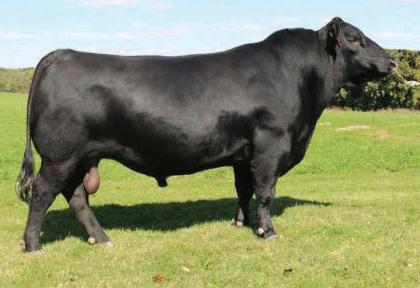
Reminisce Bulls- Born and raised in altitudes above 7,000.’ Developed on a 41 mega cal ration; Summered in big sage brush pastures to learn to travel in big country.
How Good are Your Cattle?
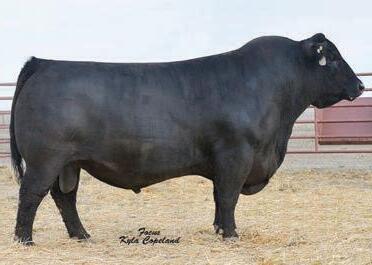

Bragging rights on performance begin and end on the rail. On that day you will know how healthy they were, how well they gained, how well they converted, and how well they will taste to a consumer that doesn’t know you. We all sell our cattle by the pound and on that day you will be paid accordingly. Do you know how good your cattle are? Reminisce Angus customers do. They have the data. They have the bragging rights.
Hoover Dam 30 Sons Sell!
VAR 30 Sons Sell! AAA# 16124994 DOB: 01/25/2008 CED BW WW YW M MB RE +7 -.3 +46 +88 +25 +.79 +.77
BRYAN & MARCIA MUSSARD www.remangus.com 6101 Sweetwater Rd. Dillon, MT • 406-925-1416 • 406-683-6363 • bryanmussard406@gmail.com 165 Head Sell Including 35 Embryo Bulls AAA# 17264774 DOB: 01/30/2012 CED BW WW YW M MB RE +10 -1.9 +49 +90 +25 +.63 +.70 Musgrave Aviator 50 Sons Sell!










